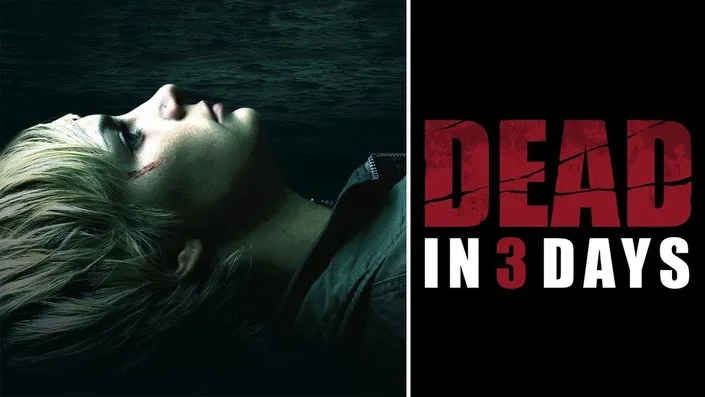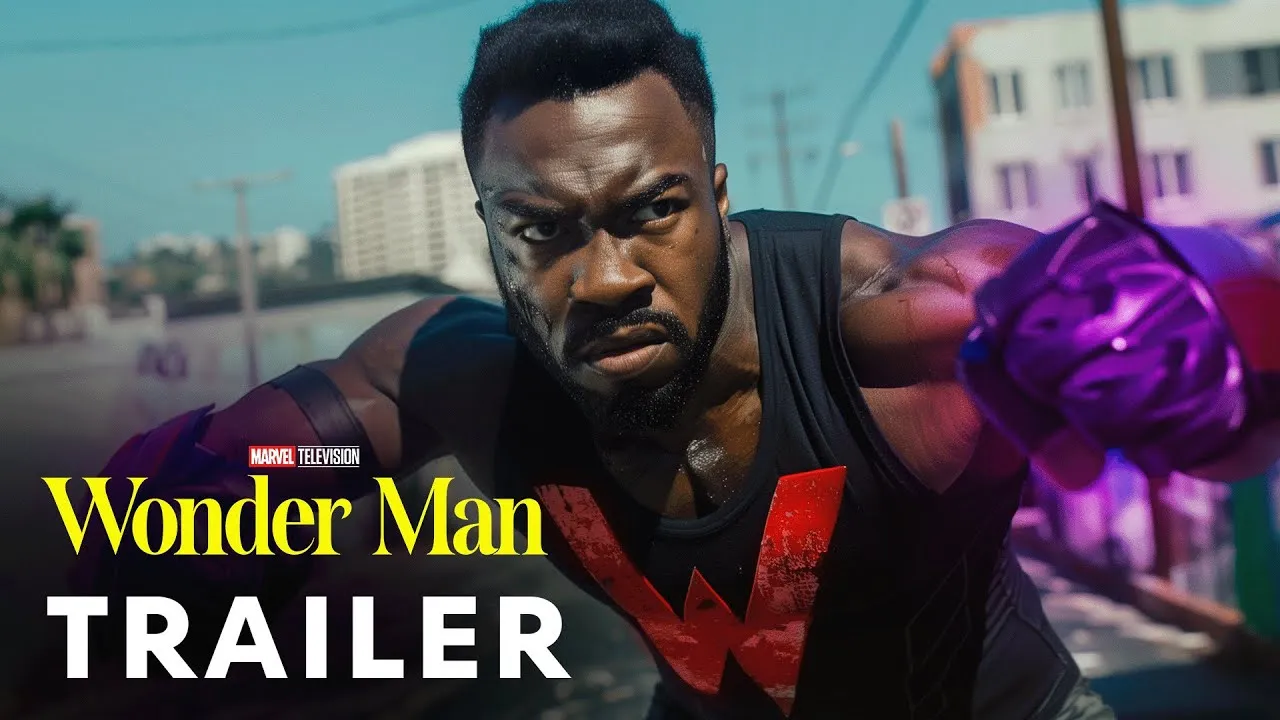Insidious: The Last Key (2018), directed by Adam Robitel and written by Leigh Whannell, is the fourth installment in the Insidious franchise but serves as a prequel to the earlier films. This chapter dives into the origins of paranormal investigator Elise Rainier, delivering a more personal and emotionally driven haunting that shifts the spotlight from possession to memory.
Set in 1950s New Mexico and then flashing forward to 2010, the film follows Elise (Lin Shaye), now in her later years, as she receives a disturbing call: a man living in her childhood home is being tormented by spirits. But returning means facing the place where her ability to see ghosts began — and where her trauma was born.
The house is more than just haunted. It holds the dark legacy of Elise’s abusive father, a man who tried to beat her “gift” out of her. Locked rooms, strange keys, ghostly figures, and suffocating silence fill the decaying walls. But something worse lurks inside — a demonic entity known only as KeyFace, a creature that feeds on pain and silences victims by literally locking their voices away.

As Elise investigates, she’s forced to revisit the horrors of her past: her guilt over abandoning her brother, the unexplained disappearance of young women, and the memories she spent decades trying to repress. The Further — the shadow realm where souls wander — opens its doors once more, and Elise must go deeper than ever before.
Unlike the previous entries, The Last Key places emotional trauma at its center. It’s less about jump scares (though they’re there) and more about Elise’s reckoning with childhood abuse, guilt, and forgiveness. The ghosts are real, but so are the wounds humans leave behind.
Lin Shaye gives her strongest performance yet, carrying the film with grace, vulnerability, and strength. She’s not just a medium anymore — she’s the hero, confronting both supernatural evil and personal demons. Her chemistry with her awkward ghost-hunting assistants, Specs and Tucker, adds levity without breaking tension.

Visually, the film continues the franchise’s love of oppressive darkness, dreamlike visuals, and sinister silence. KeyFace, though not as iconic as Lipstick-Face Demon or the Bride in Black, is a disturbing figure — pale, skeletal, and quiet, with keys for fingers that he uses to control and silence his victims. He’s less showy, more symbolic, representing the loss of agency and the way trauma locks people inside themselves.
However, not all keys turn smoothly. Some critics noted that the film’s pacing occasionally stalls, and certain plot elements feel overly familiar or underdeveloped. There are moments where exposition takes over, and the horror relies too heavily on the established formula. But the emotional stakes — and Shaye’s commanding presence — keep it grounded.

As a prequel, The Last Key successfully connects the franchise’s narrative dots, adding depth to Elise’s backstory and setting up the events of the first Insidious. It’s a haunted-house film, yes, but also a story about reclaiming power, opening old doors, and choosing not to be afraid of what’s behind them.
In the end, Insidious: The Last Key isn’t just about unlocking haunted rooms. It’s about unlocking memory, pain, and — ultimately — healing.



